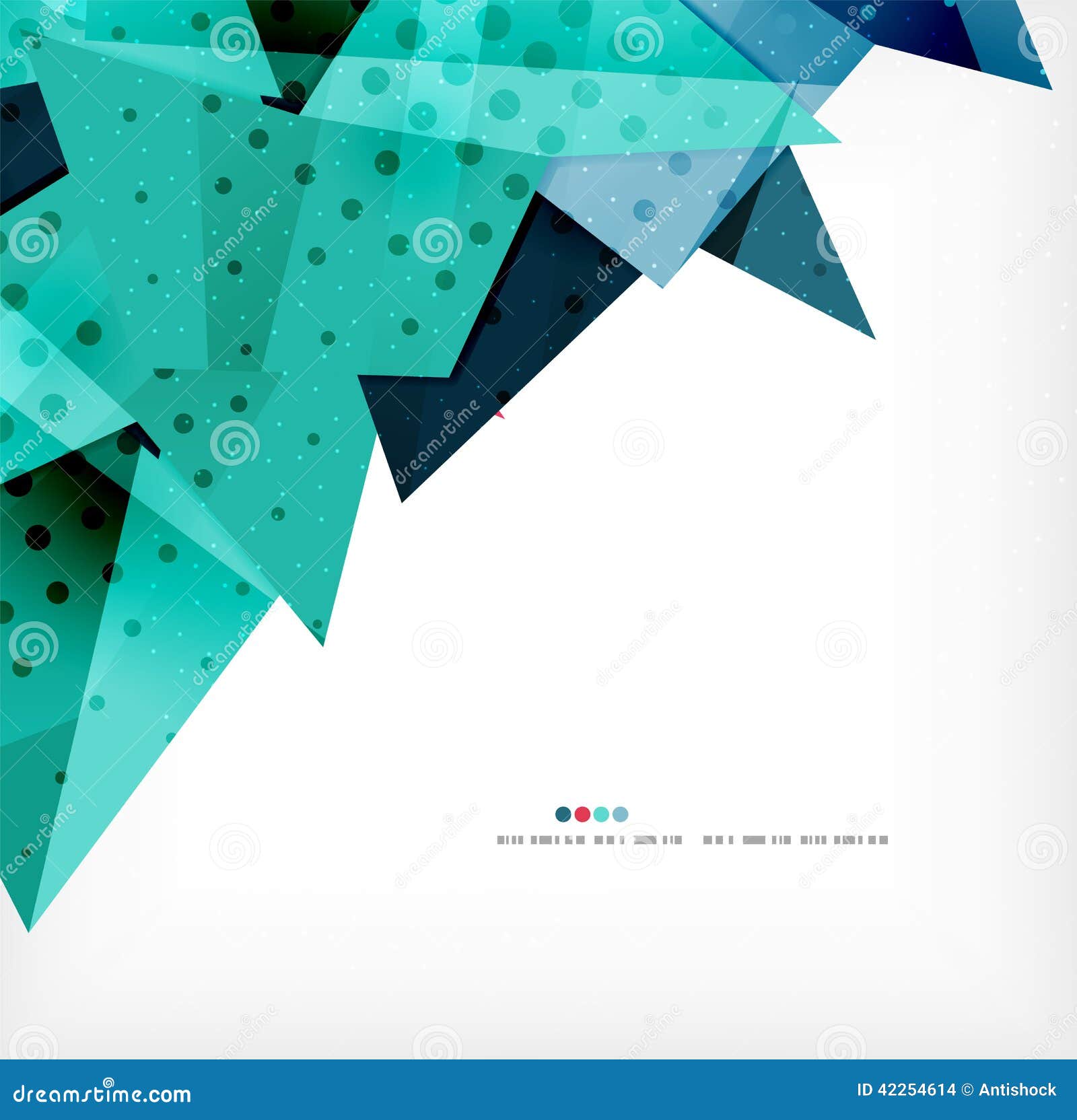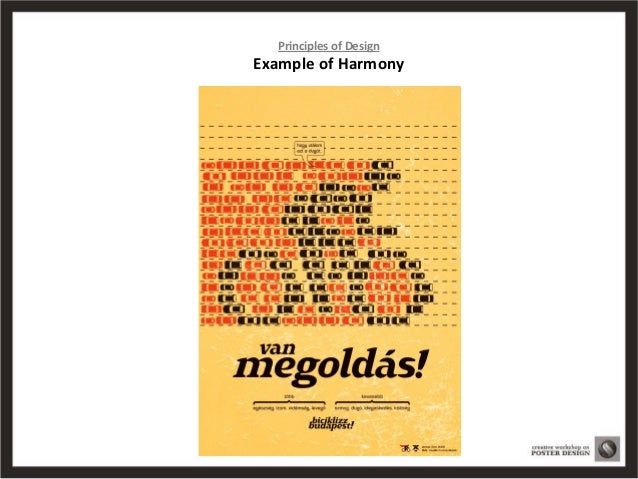1. The size and shape of space in a picture changes how we perceive form. By changing the size of a format, I can learn to change the apparent size of elements in my design processes.
2. The form of a picture is considered a positive element while the space of the picture is considered negative. By learning the relationships between positive form and negative space, I can convey the appropriate message desired from my designs.
3. The temperature is the subjective quality of colors (ex: red and orange being warm colors). Learning the temperatures of colors can give my images deeper meaning.
4. How different hues interact with each other is called hue relationships. My images can gain a deeper feeling of unity through hue relationships.
5. It can be difficult to select a typeface based on its feeling or mood. Choosing a typeface often boils down to the designer’s gut reaction or the shapes inherent to that style. By learning the mood that corresponds to each typeface, I can control how the viewer will react.
6. Combining typefaces is conventionally used in the work space. The dispenser must choose typefaces with a clear notion of hierarchy. By establishing hierarchy, I can combine typefaces without losing each typefaces meaning.
7. How the medium of an illustration or photo communicates a message to the viewer.
8. How the type of image can change the perceptual filter the viewer associated with the image.
9. Conceptual/Pictorial Allusion: This method of creating compositions stems from deriving a visual idea from the content that is imposed on that page as a kind of arbitrary structure. By using this method, I can give my images an artistic edge.
10. Formal Congruence: The similarities between type elements and pictorial elements. I can use this to complement various visual and textual elements in my works.







